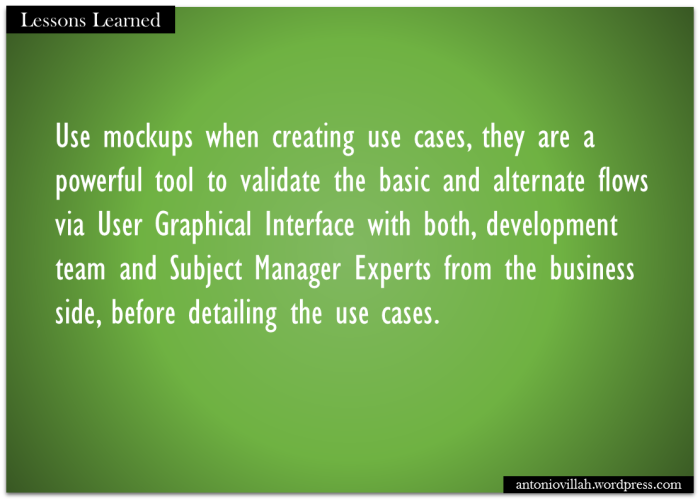Read the complete article here.
If you are feeling bad about yourself today, you should watch this talk by Maysoon Zayid, it is hard not to get motivated by this awesome human being and comedian.
“Whenever you find yourself by the side of the majority it is time to pause and reflect”: Mark Twain.
After finishing reading the last page of this book, I took a piece of paper and started writing down thank you letters. I was like possessed by the idea of saying thank you to this people. It had never seen my life from that perspective: what I am and the accomplishments that I have achieved are not product only from my solely merit. Important people in different moments have contributed with his support, encouragement, financial aid and many others different ways. I could see clearly how this people have contributed to my life: parents, siblings, cousins, teachers, close friends, coworkers, ex-bosses and colleagues have played a key role in my life, in their respective time. And I was very grateful for that. The reaction of this people to my letters was even awesome. It is amazing how a small gesture like writing a thank you letter has a tremendous and positive impact on the recipient’s life.
I totally recommend “Outliers: The Story of Success” if you want to learn that success is not result only from hard work, but also from your circumstances and opportunities.
If you have been part of my life I want to thank you again. Because in some way, you have contributed to shape what I am today.
These are some of the awesome ideas from this book that have stayed in mind and I hope they stay there for a long time:
“Success is not a random act. It arises out of a predictable and powerful set of circumstances and opportunities.”
“Who we are cannot be separated from where we’re from.”
“I want to convince you that these kinds of personal explanations of success don’t work. People don’t rise from nothing….It is only by asking where they are from that we can unravel the logic behind who succeeds and who doesn’t.”
“It is those who are successful, in other words, who are most likely to be given the kinds of special opportunities that lead to further success. It’s the rich who get the biggest tax breaks. It’s the best students who get the best teaching and most attention. And it’s the biggest nine- and ten-year-olds who get the most coaching and practice. Success is the result of what sociologists like to call “accumulative advantage.”
“Achievement is talent plus preparation”
“Researchers have settled on what they believe is the magic number for true expertise: ten thousand hours.”
“Practice isn’t the thing you do when you’re good. It’s the thing you do that makes you good.”
“Those three things – autonomy, complexity and a connection between effort and reward – are, most people agree, the three qualities that work has to have if it is to be satisfying. It is not how much money we make that ultimately makes us happy between nine and five. It’s whether our work fulfills us.”

Within the Software Development Lifecycle, use mockups when creating use cases, it is a powerful tool to validate the basic and alternate flows via User Graphical Interface with both, development team and Subject Manager Experts (SMEs) from the business side, before detailing the use cases.
MS PowerPoint is an excellent tool to create basic mockups for desktop, mobile or web based software application. There is a Developer tab with the basic controls used for windows applications. The mockups do not need to be accurate but should be oriented to reflect the functionality of the use case. One think to clarify to the SMEs is that the mockups are not the final look of the application.
Start with the requirements included in the Statement of Work (SOW), Feasibility Study Report (FSR), Request For Proposal (RFP) or any other contractual document when creating plans if you do not know where to start. The contractual documents are a good start and contain important requirements that should be addressed in the project’s plans (e.g., training plan, testing plan, implementation plan, etc.)
Leaving a high-flying job in consulting, Angela Lee Duckworth took a job teaching math to seventh graders in a New York public school. She quickly realized that IQ wasn’t the only thing separating the successful students from those who struggled. Here, she explains her theory of “grit” as a predictor of success.
See Angela Lee’s speech below.
In my current project we are automating a business process that includes a User Application workflow. It was necessary to define the different states the User Application goes through the workflow. I decided to use an UML diagram called state diagram to represent the states for that specific Application. It was so surprising to see people from the business side understanding and getting familiar with the diagram so fast that in a flash we agreed on the diagram state.
Best practices: